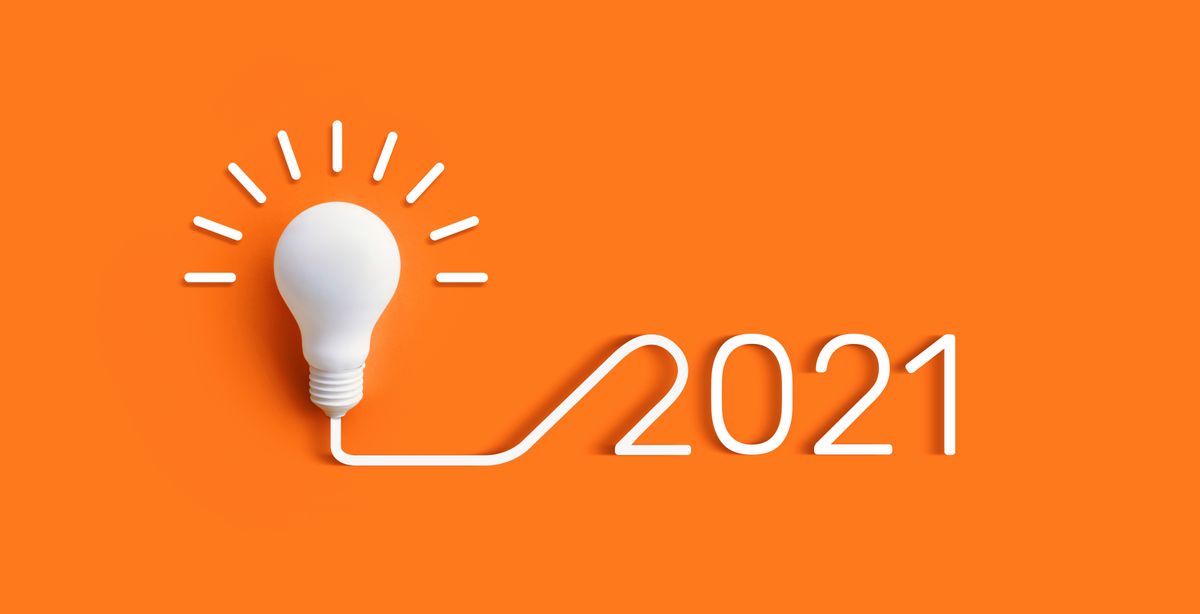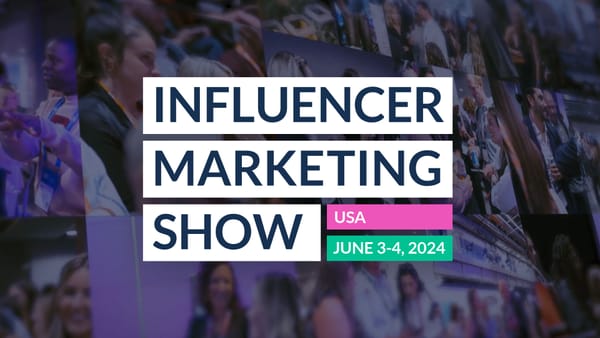Alexander Frolov, CEO and co-founder at HypeAuditor shares his predictions as 2021 is just around the corner.
1. Influencer marketing spend will grow by 15% globally
The amount of advertising money that is being redirected from offline to online will continue to grow.
Brands and advertisers are searching for the most effective ways to share their message to their target audiences online while offline, physical engagement is difficult and limited. One of the few viable ways advertisers can authentically connect with audiences is through online influencer marketing, therefore we believe it will grow significantly next year.
We estimate that the global Instagram influencer marketing market will grow by 15% in 2021 to $5.86B, up from $5.095B estimated for the end of 2020. The global Instagram influencer marketing market capitalisation in 2019 reached $5.24B.
This year, the spend on influencer marketing won’t have increased on 2019, however when looking at the figures in context – the small decline isn’t dramatic, especially when comparing its performance to other disciplines this year, as marketing teams have fought to respond accordingly to Covid-19.
2. Micro-influencers will become increasingly important for brands
Micro or nano influencers aren’t new, but they’re continuing to grow at a fast pace. With small but targeted follower bases, these influencers are small but mighty and can arguably be more influential than mass influencers, as their engagement levels tend to be higher. Given that a lot of micro-influencers create their own content and manage their accounts directly, their posts convey a personal tone that resonates with followers, and brands can more easily connect with them.
In 2020, 46.4% of brand mentions featuring the hashtag #ad were published by Instagram accounts that have 1k-20k followers (categorised as a micro-influencer). We predict that more brands will start to collaborate with micro-influencers in 2021, and this share of paid placement featuring #ad will increase to 50%.
With brands becoming more strategic with their use of influencers, we will see fewer generic influencers and more niche-specific influencers.
3. Brands will focus on authentic influencers with help from AI and machine learning
Brand safety is very important, especially for big businesses. (Particularly in Germany) many companies still hesitate to cooperate with influencers because of reports about ‘fakefluencers’ and a lack of professionalism and measurability.
According to HypeAuditor data, on average 16.85% of an influencer’s audience are bots and suspicious accounts, with 18.94% categorised as ‘mass followers’ – accounts that follow over 1500 accounts.
We can see that some brands are taking more care and consideration in the influencers they choose. The brands that receive better results from influencer marketing will be those who take the time to research which influencers are right for their brand and/or campaigns.
In 2021 there will be a heightened focus on this, not only to protect brands from potentially fraudulent or mismatched influencer partnerships but because technology is allowing more finely detailed research into the landscape.
AI and machine learning are already being used to glean in-depth insights about influencers, and these data sets will continue to improve over time, providing greater transparency for marketers.
4. Short form videos > image placements
If the success of TikTok isn’t enough of an indication on the popularity of short video, the fact that Instagram, Facebook, YouTube, WeChat and Byte are betting on the format, should be.
Influencers have found a way to use social video to great effect. Whether starting hashtag challenges on TikTok or offering makeup tutorials on IGTV, the format gives creators a more dynamic and personalised way to engage with followers.
In many ways, video is a better format for step-by-steps, Q&As, and tips—and this type of content is particularly popular with beauty influencers, career coaches, wellness experts, and other popular influencer categories. Brands will continue to switch on to this trend in 2021, by focusing more time and effort on the creation of short-form video content in lieu of images on social media channels – boosting engagement levels.
5. Brands will wise up to the pitfalls of TikTok influencer marketing
Stating the obvious, TikTok will be considered a mainstream marketing platform in 2021. However, brands will need to be careful of its uses.
Firstly, TikTok is skewed towards a younger audience than other social media platforms, which can mean a non-paying audience. 24.10% of the female TikTok audience is aged 18-24 and 15.38% of the male audience is between 25-34. Both are the largest age segments respectively on the platform.
Secondly, TikTok raises barriers to entry. To work with TikTok directly on sponsored branded hashtag challenges, the prices start from $150,000 a day.
Thirdly, for many marketers, it is not clear how to evaluate and choose ‘TikTokers’ for campaigns simply because the platform is relatively fresh and there aren’t many precedents set for baseline comparisons. Finally, the content on the platform can be very provocative, therefore not every brand will go for this in terms of brand safety.
6. Retained influencer marketing campaigns will become the norm
The days of influencer marketing as a “one-off” strategy are over. In 2021, influencers will increasingly be contracted on an ongoing basis to boost brand loyalty and attention. Rather than switching on/off influencers for different campaigns, brands will work with influencers to build their reputation because of their authenticity and ability to build trusting relationships with their follower’s long term.
This will help lead to performance-based influencer marketing as the near future for brands. Influencer marketing budgets will see a significant increase, but to match the heightened investment will come equally heightened scrutiny on individual performance and ROI. Once again, this is where the in-depth measurement that technology is now allowing will come to the fore, enabling granular data that has been missing from influencer marketing up until now.
7. Virtual influencers will flourish in 2021, but so will regulations around them
The influencer market is huge and lucrative, and virtual influencers are quickly gaining traction. In fact, HypeAuditor data shows that the engagement rate of virtual influencers has almost three times more the engagement rate than real influencers. Technology is allowing us to create virtual influencers that look and feel so real, giving them personalities and lives that they in turn share with consumers, which makes people feel a connection to them. Not to mention that brands love them because they are more cost effective than real influencers and there will never be issues around creative differences.
In 2021, we predict that virtual influencers will continue to dominate the market–with more and more brands utilizing them to promote their products. However, many have questioned if virtual influencers directly comply with FTC regulations and if consumers should take issue with the fact that they don’t actually try the products they promote. Because of this, we predict that their rise of popularity will also call for them to be regulated, so that they don’t deceive the public and mislead their followers.









